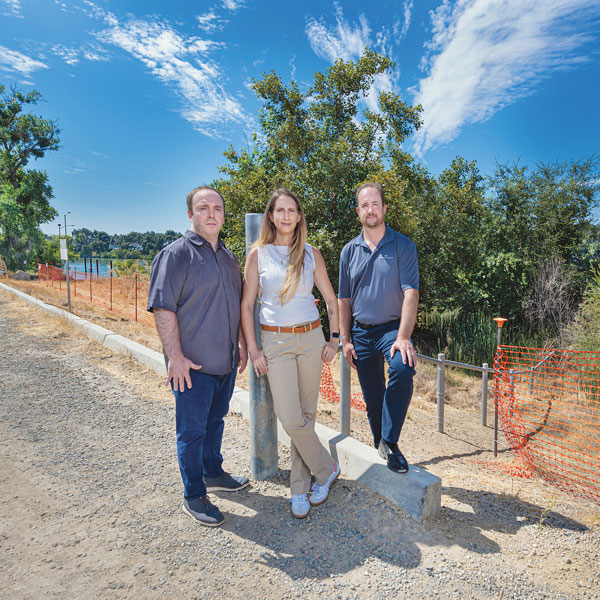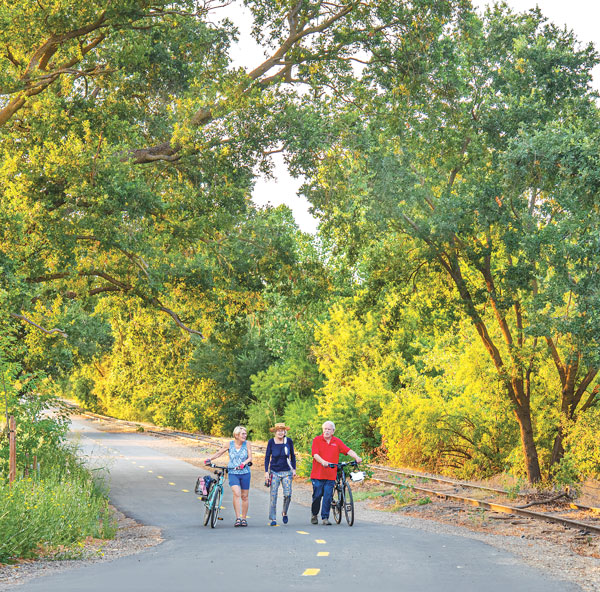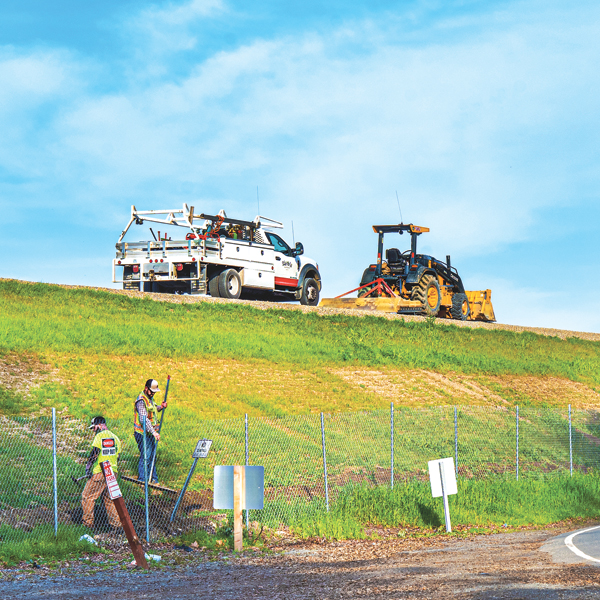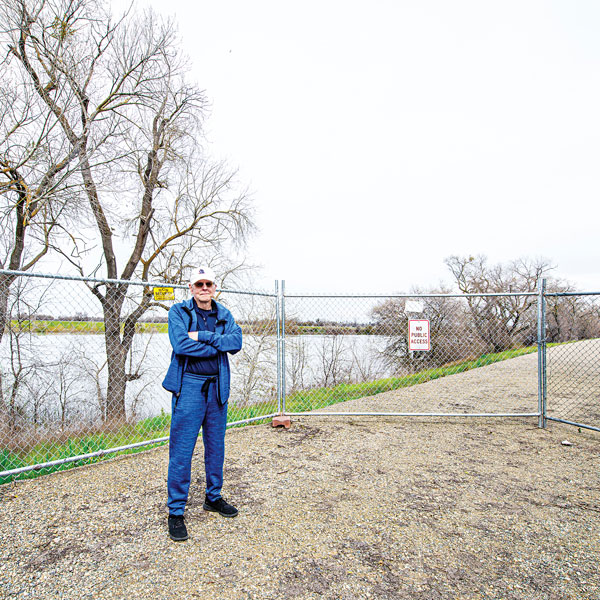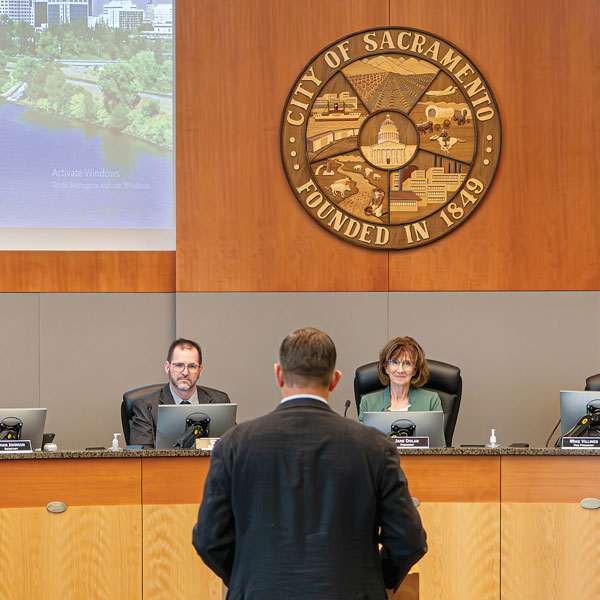Getting There
About Time
A new public toilet in San Francisco made news with its first flush. The story wasn’t about plumbing. It was about adventures in bureaucracy.
Thanks to a bird’s nest of bids, permits, reviews and inspections, the toilet required two years and a budget of $1.7 million.
Authorities later said the price was closer to $200,000. But the point was made. Cities fumble simple, basic projects.
Sacramento has a simple, basic project that makes San Francisco look speedy—a bike path 108 years in the making.
No Substitutions
They’re making it worse for themselves. I’m talking about a handful of residents near the Sacramento River who want to delay the levee parkway and bike trail.
For their latest misfire in community relations, the no-trail group has quietly begun to promote the city’s new Del Rio Trail as a suitable alternative to the levee bike path.
Mob Mentality
A handful of residents near the Sacramento River levee portray themselves as victims, their safety imperiled by pedestrians, joggers and bicyclists. They want levee access closed.
Facts tell another story.
For decades, property owners along the river harassed, bullied and threatened anyone who walked on the levee in Pocket and Little Pocket. They even frightened flood prevention authorities.
Officials allowed illegal encroachments such as fences, stairs, retaining walls, plumbing and electrical gear to spread along the levee.
Inside Pitch
Residents near the Sacramento River who want to block public access have a big advantage over the 500,000 or so people who will benefit from a new levee bike trail.
The residents have a good lawyer.
One attorney working for property owners shouldn’t matter. After all, the rest of us are represented by the Central Valley Flood Protection Board, a state agency whose mission is to serve public interests.
But that’s not how it works.
Documents obtained under the California Public Records Act tell a more complex story. For the past three years, a lawyer hired by property owners near the levee built a relationship with flood board officials.
Paper Trail
My friend Jim Geary and I race to see who gets danced around more by the Central Valley Flood Protection Board. Jim has the lead, but I’m catching up.
For the past year, Jim and I separately asked the flood board for documents about levees and fences.
We want to know why flood board executive officer Chris Lief covertly authorized five temporary private fences to block public access on the Sacramento River levee in Pocket.
The authorizations appear to violate state law. California regulations require public hearings and votes by flood board members for any levee fence.
Rule Breakers
Nothing good can be said about the decision that allowed several temporary chain-link fences and gates to sprawl across the Sacramento River levee in Pocket.
The fences block access to the river. They were approved in secret. They violate the California Code of Regulations, state law that requires public hearings and regulatory board approval for levee fences and controversial encroachments.
But Chris Lief, the Central Valley Flood Protection Board executive officer who authorized the fences, made one smart move when he green-lighted the blockades.

